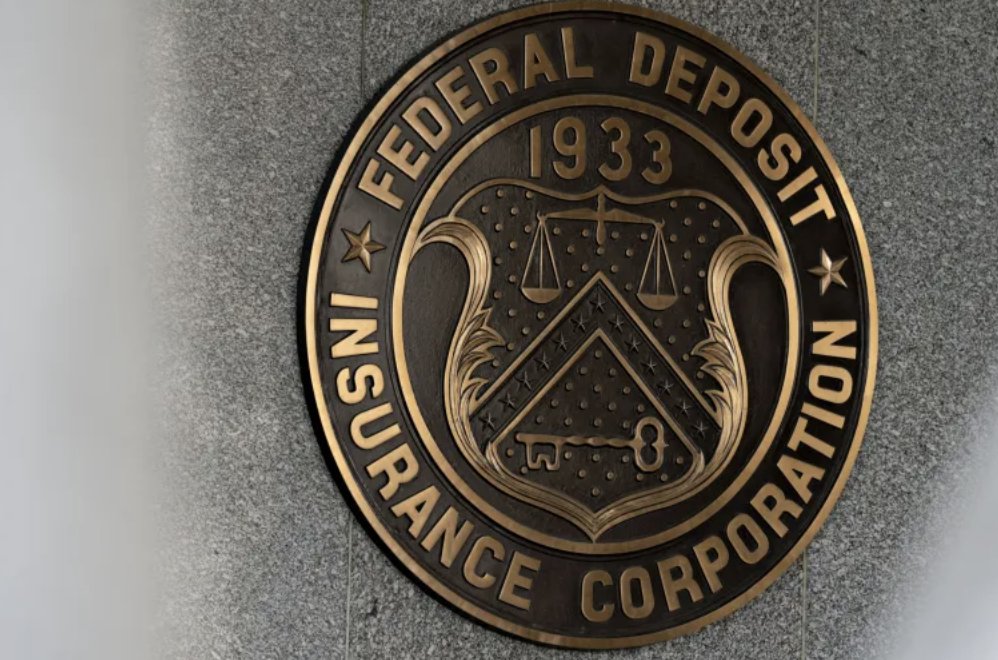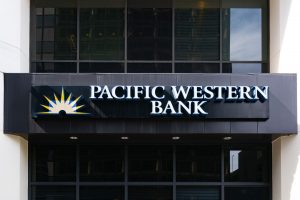Over the weekend, the federal government took control of Silicon Valley Bank (SVB) and declared it would guarantee all deposits in a bank that serves venture capitalists and high-tech firms.
The Federal Deposit Insurance Corporation (FDIC) will utilize its deposit insurance fund to reimburse account holders at SVB and the crypto-focused Signature Bank in New York, which was shut down by state regulators on Sunday.
What does FDIC do?
The FDIC is a privately operated US government organization. In the event that a financial institution, like a bank or savings organization, fails, it serves to safeguard consumers’ funds. Insured banks are covered by the FDIC up to a maximum of $250,000 per depositor. Nevertheless, not all types of accounts are covered. As long as you are insured, the FDIC will automatically restore your money to you if your bank fails.
What is FDIC Insurance?
The FDIC is supported by the federal government even though it runs independently of it. In other words, the US government ensures that the money you deposit in an FDIC-insured account will always be recoverable.
Most banks, even those online, provide deposit customers with FDIC insurance.
An online bank that is FDIC-insured has the same level of FDIC protection as a physical bank. You automatically get covered by federal insurance when you open an account with a bank that is FDIC insured.
Traditional bank deposit products including checking, savings, certificates of deposit, Negotiable Order of Withdrawal (NOW) accounts, and money market deposit accounts are covered by FDIC insurance.
FDIC BankFind
BankFind is a python interface for publically available bank data from the FDIC. By using the FDIC’s BankFind Suite, you may determine whether your bank is FDIC-insured.
Also Read: List of companies impacted by Silicon Valley Bank collapse
What is the FDIC Watch List?
The Federal Deposit Insurance Corporation (FDIC) watch list includes FDIC-insured banks that seem to be in trouble. The FDIC regularly monitors banks that are placed on the watch list in an effort to avert failure and be prepared to take action if necessary.
The FDIC watch list’s contents are not accessible to the general public.
FDIC and Silicon Valley Bank
Following a bank run on Wednesday and clients withdrawing $42 billion in deposits by the end of Thursday, Silicon Valley Bank, the 16th largest bank in the nation, failed on Friday and was taken over by the FDIC.
According to a statement released on Sunday by the Federal Reserve, Treasury Department, and Federal Deposit Insurance Corporation, additional financing will be made available to ensure that all deposits made to Silicon Valley Bank, both insured and uninsured, will be fully repaid.
Also Read: What is happening with Silicon Valley Bank? Why did it fall?
FDIC Website
All information about the FDIC can be accessed on the FDIC’s official website at FDIC: Federal Deposit Insurance Corporation.







